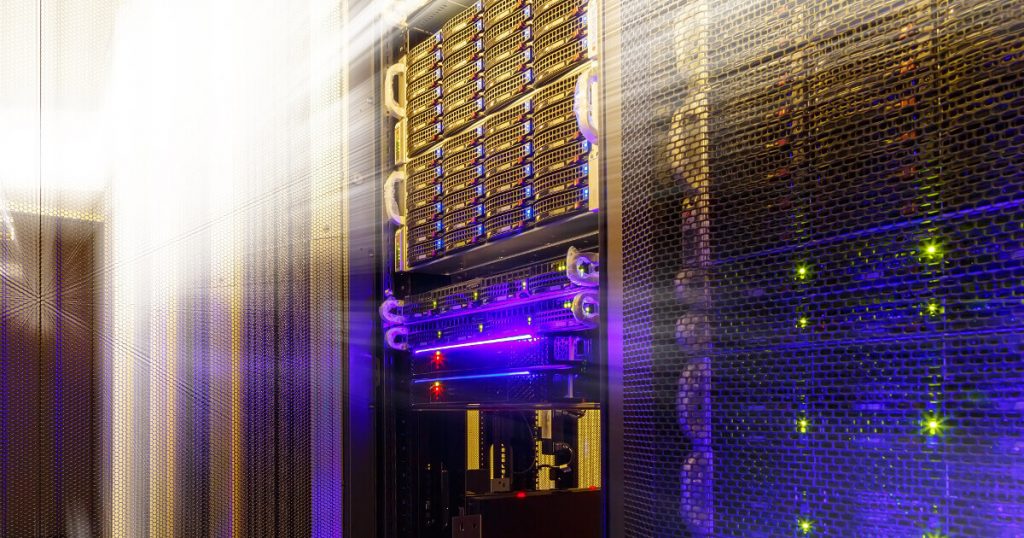Server application performance monitoring is designed to provide organizations assessing their infrastructure with real-time data about how their servers are performing and what parts of the system may be holding them back.
What is Performance Monitoring?
Performance monitoring can provide administrators with an overview of overall system performance, identifying any bottlenecks and potential issues. The software can also help to identify specific tasks that are taking longer than usual or are causing systems to lag. Performance monitoring can help administrators keep their servers running at peak performance.
Performance monitoring is the process of systematically tracking and analyzing how a system is performing. This information helps managers identify issues and optimize their systems. Many performance monitoring tools also generate alerts when thresholds are crossed, so administrators can take action right away.
It is a type of software that helps administrators to monitor how their servers are performing. It can be used to determine the cause of poor performance and to make necessary adjustments.
How Monitoring Software Works?
Server application performance monitoring is a very important aspect of ensuring the smooth operation of your website or web server. The software can analyze hardware, network, and system performance data to identify problems and suggest solutions.
There are many different types of server application performance monitoring, so it is best to consult with an expert if you have not already done so. A few different types of performance monitoring software include Germain APM, HyperStat, Nagios Core, Opsview, and SolarWinds Server Performance Monitor. Each has its own unique features and benefits.
How to effectively use the performance monitoring software?
Server performance monitoring provides an important way for administrators to understand how their systems are performing. This monitoring can be done in real time or as events occur, providing a more detailed view of the system’s overall health than is possible with manual monitoring. There are a variety of performance monitoring software options available, and it is important to find the right tool for the job. This article provides an overview of the different types of performance monitoring software and how to use them effectively.
A Performance Monitor is a software tool that helps administrators to see how the performance of their systems are changing over time. A good Performance Monitor will also notify administrators when there is a problem with system performance. Server-based Performance Monitoring Software can provide detailed information on a variety of system performance metrics including CPU, memory, I/O, and network traffic.
Server-based Performance Monitoring Software typically includes a variety of pre-configured profiles to monitor system performance in specific ways. For example, monitoring CPU and memory usage can help identify issues that may be causing your systems to slow down. Alternatively, you can create custom profiles to monitor specific areas of your server’s performance.
To get the most out of your Server-based Performance Monitoring Software, it is important to configure it correctly. The first step is to make sure that your system has the necessary resources installed. Next, you will need to configure your system for performance monitoring. Finally, you must configure your server’s logging system so that you can monitor the data collected by the Performance Monitor.
Conclusion
Server application performance monitoring is a great way to get a quick snapshot of your website’s performance. This type of software can help identify issues such as slow page loading times or any errors that are happening on your site. The best server application performance monitoring will also include features that allow you to save the data collected from the monitored sites so that you can analyze it later. By using this type of software, you’ll be able to keep track of the progress and changes that your site is going through over time and make necessary adjustments as needed.
